Why CPG Brands Should Focus on a Frictionless Customer Experience
Customer experience (CX) is a core competency for online businesses. Born out of the need to continuously improve and refine websites for users - hence the similar acronym of UX being common shorthand in the world of web development - this phrase has expanded as the influence of eCommerce has grown.
Indeed, the idea of how potential buyers experience a brand has broadened to include the entire customer journey. As a result, every aspect of brand interaction must be analyzed if a business is to deliver a frictionless customer experience.
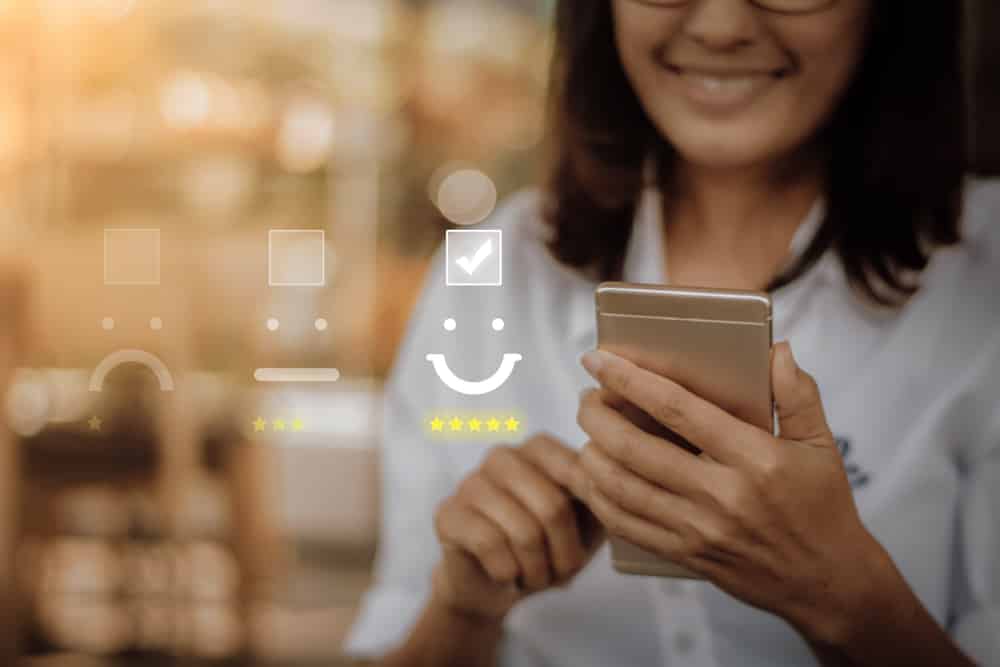
Where Experience and Operations Align
Delivering a frictionless customer experience for your buyers is no small undertaking. It requires operational alignment with your eCommerce solution, such that the former supports every step of the path to purchase with real-time information and real-world delivery.
Here are a few examples to show where this can happen:
- Accurate inventory data, updated in real-time, feeds the customer-facing eCommerce platform so potential buyers know what products are available.
- Fulfillment technology guides order picking, so what the customer receives exactly matches what they ordered.
- Strategically located fulfillment and transportation partners with the flexibility to deliver on multiple shipping options.
- A clearly documented and stress-tested returns process replaces the item - or refunds the customer - in the timescale promised by your policy.
A clear and efficient process is essential. From the first click through to your website or app to the final delivery and unboxing of an order, providing a frictionless customer experience is what separates high-growth brands from those who struggle to retain customers.
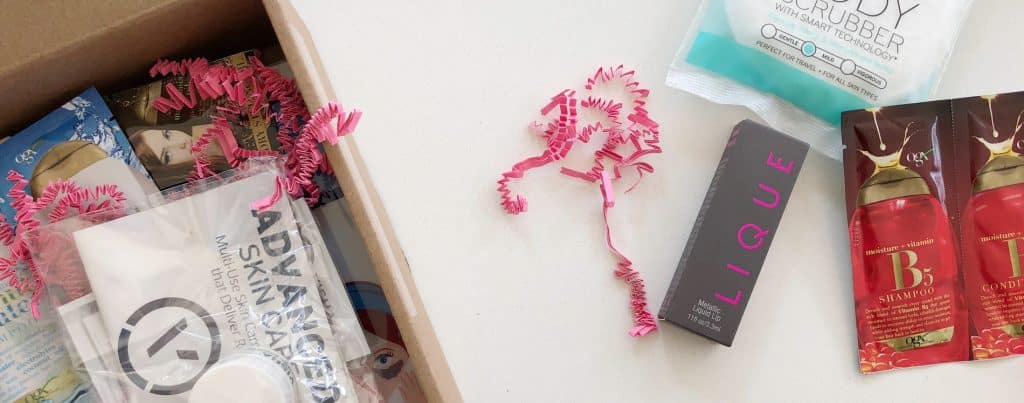
Customer Experience is Changing for CPG Brands
Although it has taken some time for the disruptive influence of eCommerce to reach the CPG sector, consumer packaged goods brands are not immune to the growing focus on CX. As CPG brands seek to carve out a segment of the online marketplace for themselves, the same expectations will be placed upon them.
For open-minded CPG brands, this means adopting the perspective of early eCommerce players and understanding what your customers are looking for when they seek you out online.
With the widespread influence of social media and the low barriers to entry on digital channels, even the most established CPG brand is not starting from a position of power. A recognizable name can only take you so far with digital-native consumers and, in some cases, could even be a drag on adoption of your brand.
Online consumers are swayed more by an elusive blend of brand authenticity and influencer support that can be difficult to develop.
In the case of many startup beauty brands, for example, that all-important authenticity has been built up over years of expert content creation.
For an example close to our company, look no further than the popular Into the Gloss blog inspiring Glossier. Other trusted beauty enthusiasts jumped on the company's products early on, fueling high interest and rapid growth. The company capitalized on this excitement with a direct-to-consumer fulfillment plan and commitment to communication that engendered brand loyalty and developed a customer experience that competitors couldn't match.
CPG brands must follow a similar path to achieve success, albeit one that is created based on feedback from their own customers and remains true to the company's unique brand values.
This is one of the key elements of CPG brand differentiation that we discussed last month, but it is inseparable from customer experience.
Both are essential elements of success in the burgeoning market for CPG eCommerce, where frictionless fulfillment and its seamless integration with online ordering lays the groundwork for developing a positive reputation and repeat business from engaged fans.

How CPG Brands Can Adapt
Although startups rooted in the online world have the advantage of starting with no baggage or reputation, established CPG brands can still adapt their existing business model to deliver the kind of frictionless customer experience that makes those digital-native brands popular.
Here are a few early adjustments to make:
Demonstrate authentic expertise: Use your in-house specialists to deliver expert advice. Product guides, how to videos, and insider tips are all valuable ways to connect with potential customers and a common denominator among popular DTC brands.
Be familiar before they buy: Meet and talk to prospective buyers in the online spaces they frequent. Create online groups and communities around the subject or result your product serves, rather than the product itself.
Encourage and incentivize word-of-mouth: Online, this means driving social sharing and positive reviews of your products from fans and influencers. Encourage this behaviour at every opportunity and actively drive word-of-mouth through incentives, where permitted.
Encourage and amplify user generated content (UGC): Your biggest fans will praise you at every opportunity, especially online. Find what's already out there, promote it via your site and social platforms, then analyze the results and work on ways to encourage more customers to create UGC. Unboxing or "product in-use" visuals and videos are a particularly good way to kick start such initiatives.
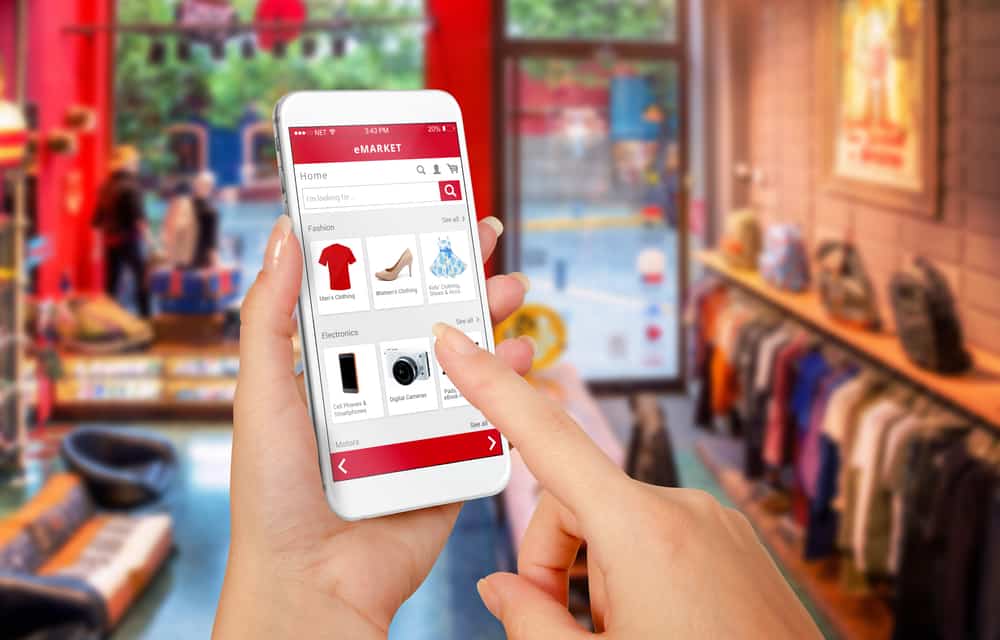
Make orders and returns seamless: With the order experience now squeezed down to the size of a smartphone screen in some cases, finding/buying your product should be quick and painless. The same should be said of returns, which should be as clear and easy to track as an order.
The final two suggestions here touch on the kind of frictionless fulfillment we've covered in previous articles. Because we believe this quality is inextricably linked with delivering an outstanding customer experience, the next section delves into adjustments that CPG brands can make to their fulfillment solution to achieve a frictionless experience.
Where Fulfillment Enhances Customer Experience
As much as we know retailers find many problems with Fulfillment By Amazon (FBA), there are clearly valuable lessons to learn from the company's eCommerce success. The biggest takeaway for CPG brands is to emulate Amazon's obsession with the customer, both in terms of purchase history and what they'll want in the near future.
Amazon obviously has a vast archive of customer data and has invested heavily to gather and maintain the information it derives from that data. CPG brands should certainly work to develop their data collection processes, but need not go to the great lengths that Amazon has to find success. Simply starting to connect the dots between what similar customers order, what they're asking for, and when they expect to need it provides a way to enhance the customer's view of your brand without extensive data analysis.
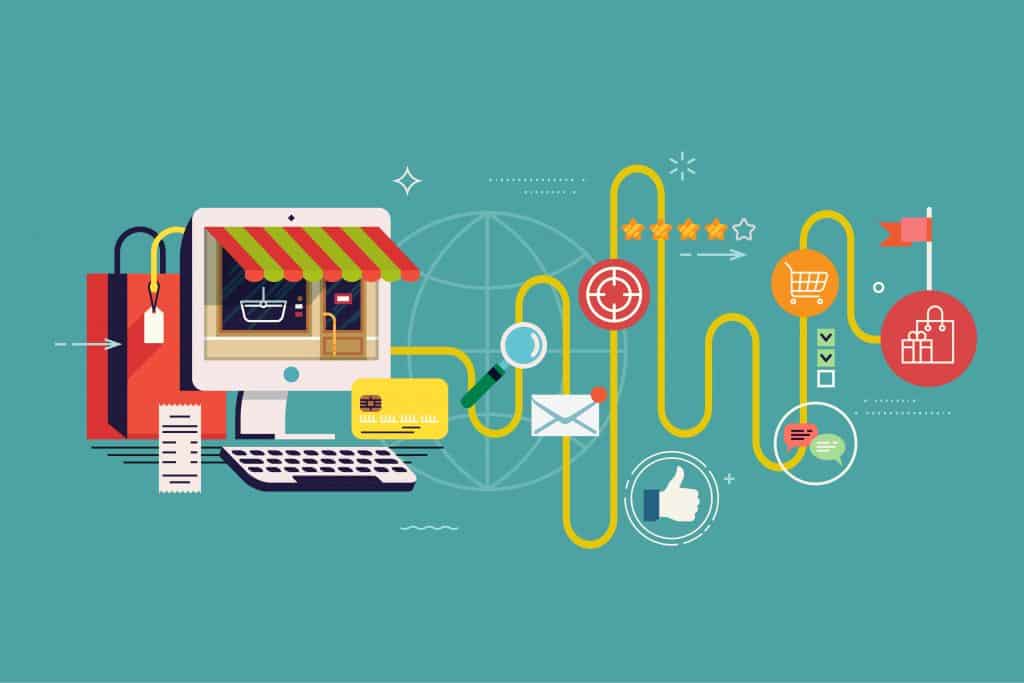
The bottom line is that getting into the fine detail of customer behavior has helped Amazon develop systems and fulfillment solutions that often exceed customer expectations. Nonetheless, individual brands have a greater ability to communicate with customers personally and build a more direct relationship. Blend that with Amazon's data-driven approach to eCommerce and it becomes the basis for a compelling customer experience.
In terms of actually getting products into the hands of customers, here's how the fulfillment process should support a frictionless customer experience:
- Inventory status for everything in your virtual store must be live and accurate.
- Progress must be clear and almost immediate. “Processing” is the most hated order status, so minimize the time it takes and use alternative terms to describe what's happening whenever possible.
- Real-time order tracking with multiple options for update. If the data is in your order processing system, the customer should be able to see the same thing, via their chosen communication method, at the same time it's available to you.
- Build systems and processes that can accommodate seasonal volume spikes. Work with a fulfillment partner to manage challenging peak season if you don't have the in-house experience or technology to do so.
The days of online ordering being a secondary channel or an afterthought that brands will get around to implementing are long gone. It has become clear that eCommerce is fueling the largest growth in many sectors and consumer packaged goods is no exception. A frustrating order experience could damage your brand before its online expansion begins.
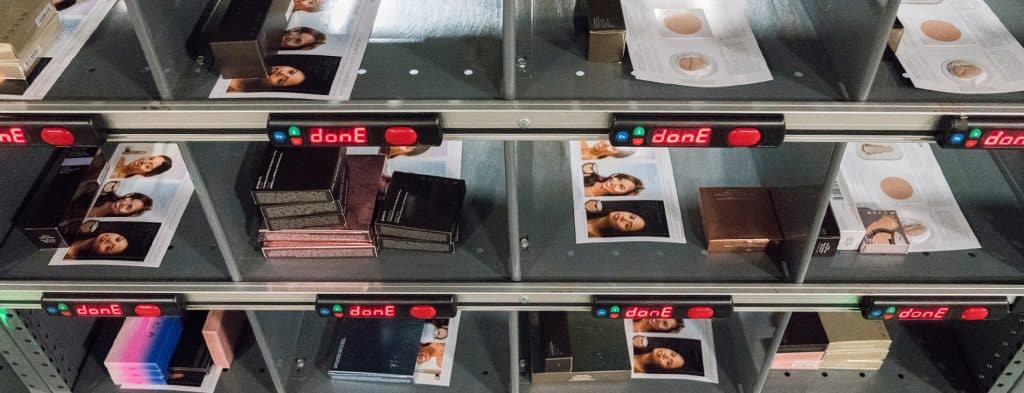
To be a part of that growth, brands need to prioritize online channels, develop two-way communication with fans, and implement a fulfillment solution that supports a seamless customer experience from beginning to end.
If you could use some help developing a frictionless customer experience for your CPG brand, Capacity has the team and technology to make it happen. Use our contact page to tell us more about your company.